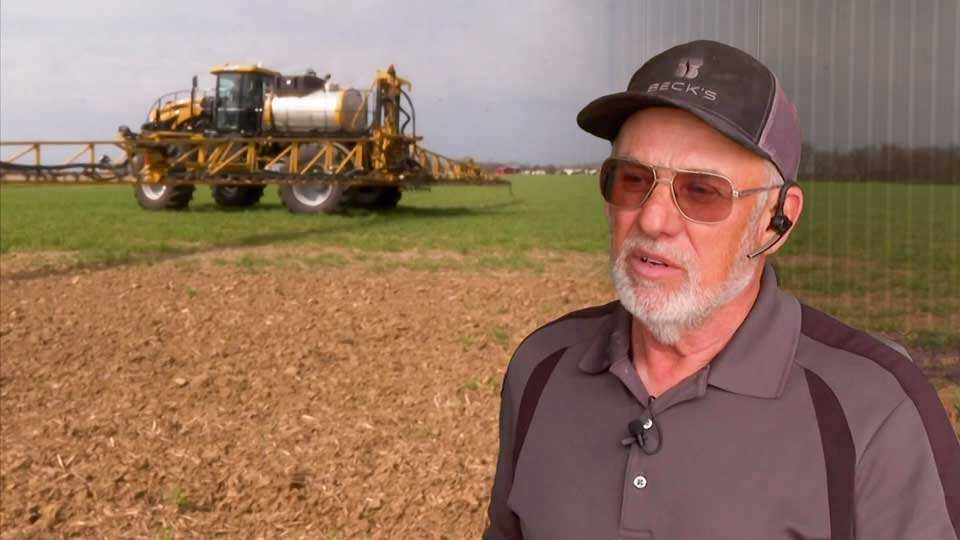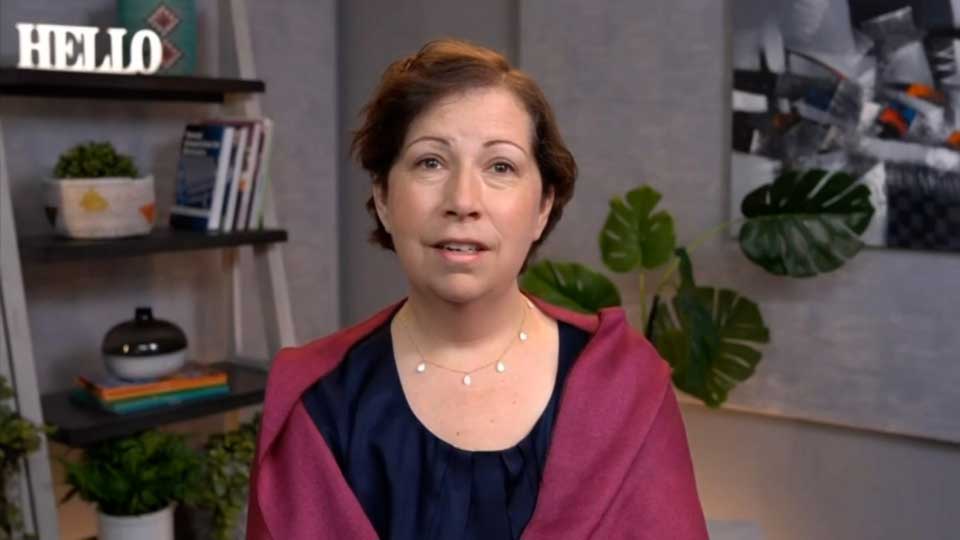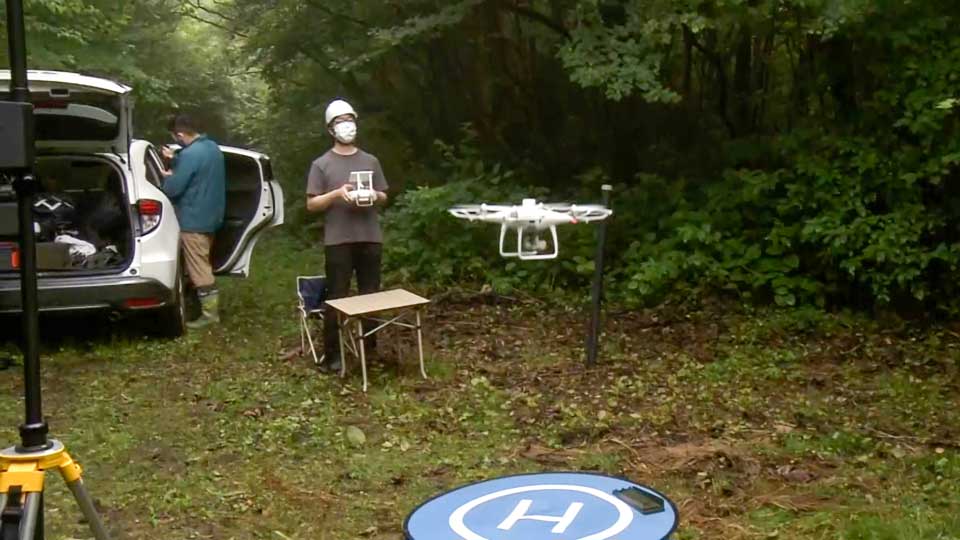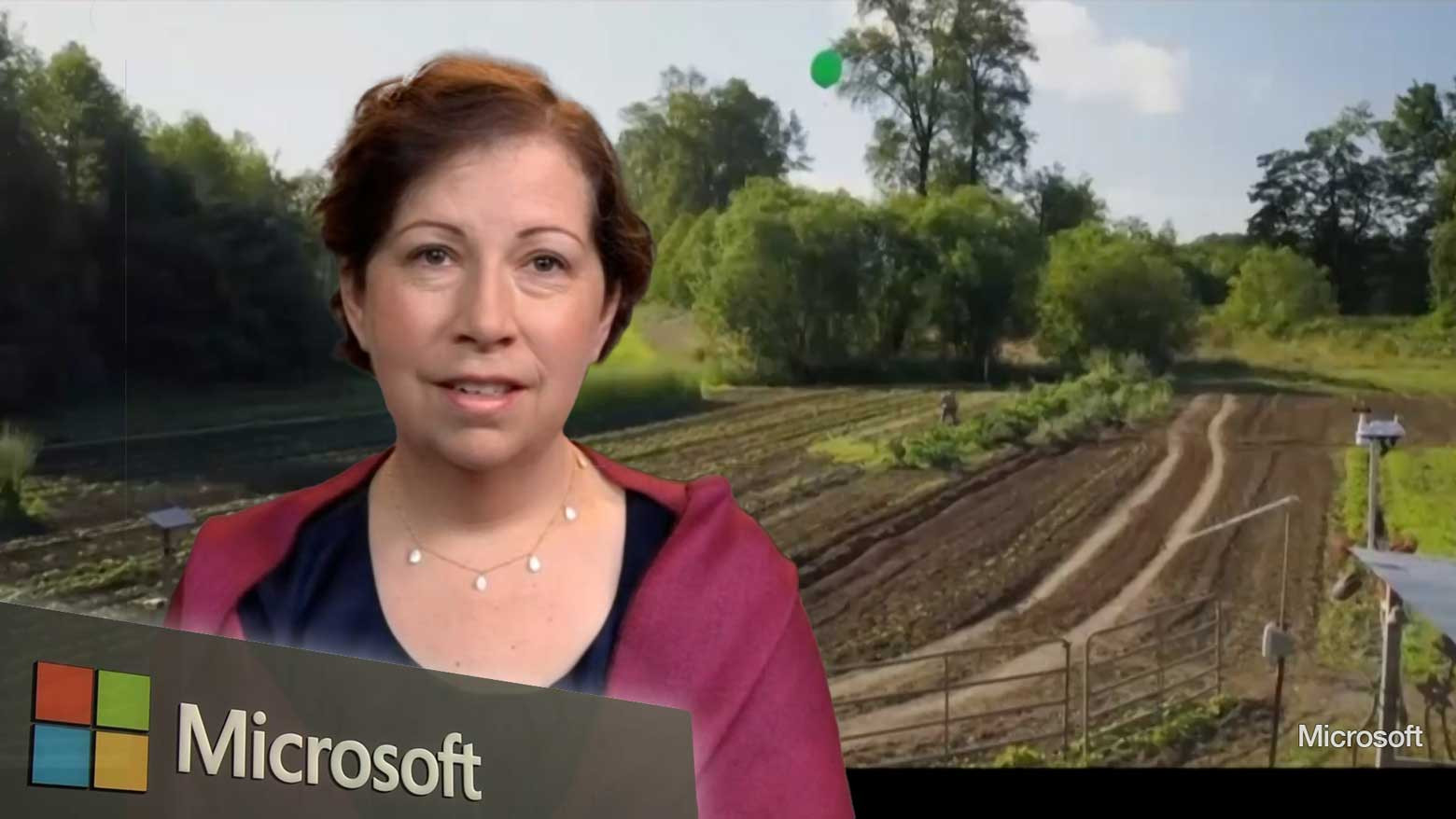When he finishes harvesting his soybeans each autumn, farmer Rick Clifton begins planting rye and rapeseed on his 7,500 acres of fields in the US state of Ohio. In the past, he did it simply to cover and feed his soil in the off-season. But then he learned that those cover crops had real value —- in the carbon credit trading market.
Those crops consume carbon dioxide, so planting them, rather than leaving the fields bare, helps to mitigate climate change. Clifton heard about carbon credit broker Indigo Agriculture, which introduces farmers to corporations that want to offset their climate impact.

Clifton signed a contract that could net him about $175,000 over the next five years. Essentially, the corporations are paying Clifton to absorb carbon dioxide through the plants on his land. For the farmer, it's a deal with no downside.
"You're feeding the microbes. And you're sequestering more carbon," Clifton says. "And if somebody wants to pay you to do that, it looks to me like you're foolish not to do it."
Most firms can't fully eliminate emissions, but they can choose to offset them by purchasing carbon credits. It's a voluntary market that stems from corporate social responsibility rather than regulatory compliance.
The market has been described as a "gold rush" with the number of carbon credits trading worldwide increasing almost four-fold over the last five years. According to British climate analysis firm Trove Research, that represented 223 million tons of carbon dioxide in 2020. Current average prices are $3 to $5 per ton, projected to rise to $50 per ton by 2030.
Microsoft setting the pace
Microsoft is one of the companies leading the charge. The tech giant has committed to being "carbon negative" by 2030. And it says it plans to "compensate for its lifetime emissions" by 2050. To get there, the firm is both reducing its own carbon output, and buying carbon credits.
Microsoft also allocates funds to carbon removal projects. It invests in Swiss company Climeworks, with has developed direct carbon-capture technology, and has partnered with a US-based forest management startup and agribusiness company.
Elizabeth Willmott, Carbon Program Manager at Microsoft, says corporations must act now to stop catastrophic climate change, and carbon trading is one of the tools.

"Early movers like Microsoft, who can afford to do so, really need to help to drive this tiny market to be a much healthier and more robust place in order to achieve the scale we need," says Willmott. "We're not waiting a decade for the market to be perfect. We need to start now because the crisis is so urgent, as we've experienced with the heat waves on the West Coast."
Microsoft doesn't just provide the finance for forestry and soil projects, it supports them with artificial intelligence technology that helps improve efficiency and productivity.
Willmott says the firm sees sustainability as both an obligation and a business opportunity as the world transitions to clean energy and a resilient climate economy.
Gaining traction in Japan
In Japan, the nation's largest oil and gas company, ENEOS Holdings, is also venturing into carbon trading. It is looking at ways to generate carbon credits in idle woodland it owns in Ibaraki Prefecture, north of Tokyo.
ENEOS has taken a stake in a forestry management firm that is surveying trees on the company-held land.


Ohmachi Takahiro, who runs the carbon-offset program at ENEOS, says "as an energy supplier, it's difficult to completely eliminate emissions and we will need carbon credits. We hope we can use our money to ensure that we leave an abundance of nature for future generations."
As the carbon market grows, efforts are underway to regulate its direction. The Institute of International Finance – which represents financial services firms from around the world — is helping to develop principles that will be tabled at the UN Climate Change Conference COP26 in Scotland later this year.

